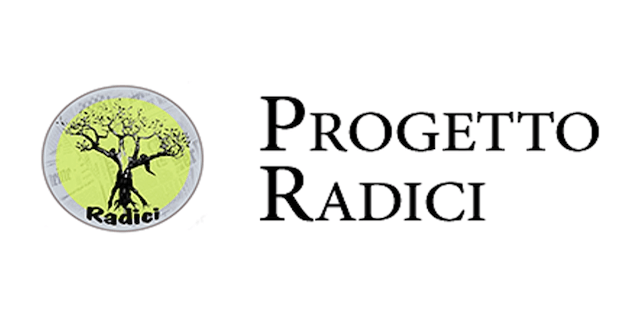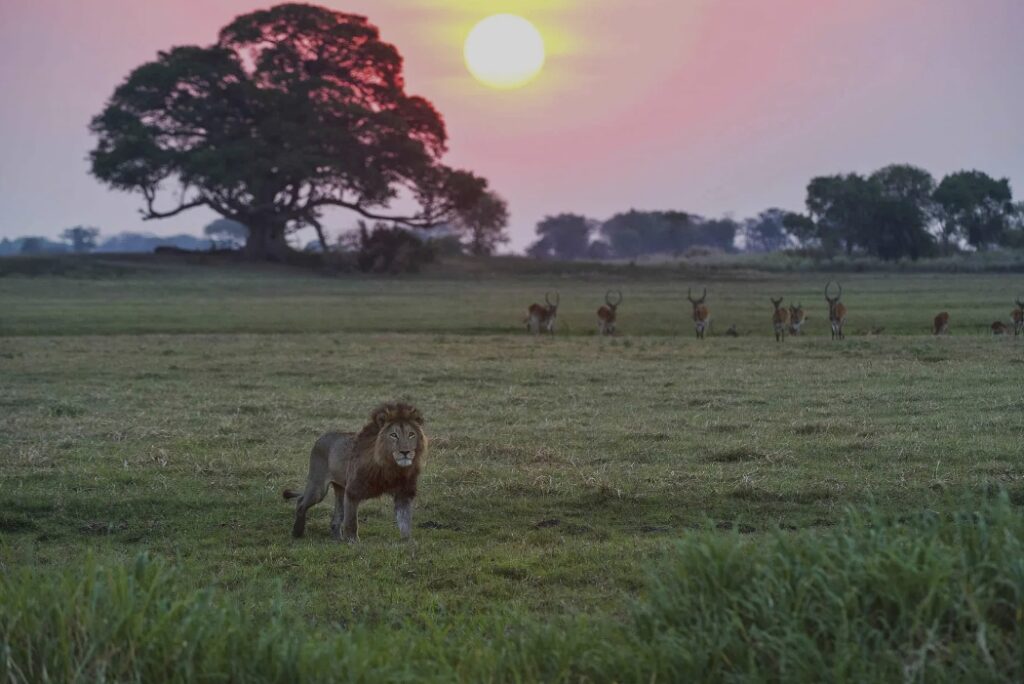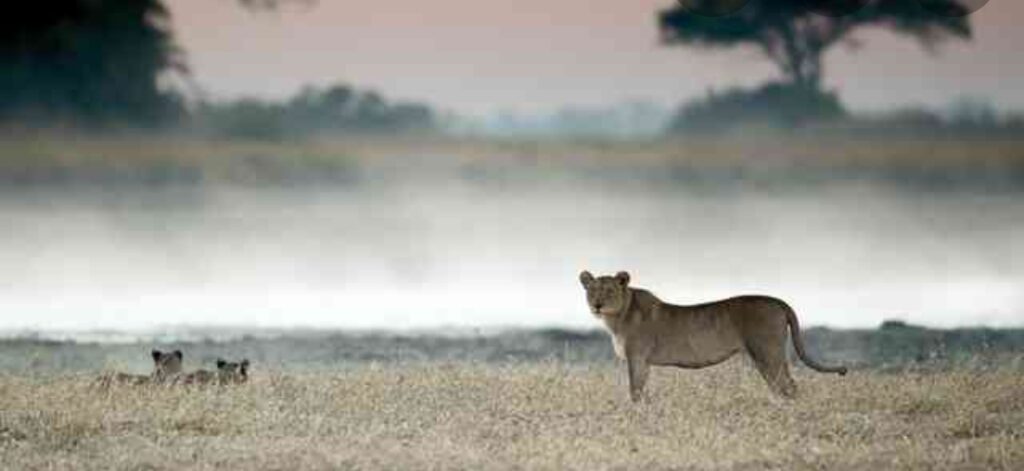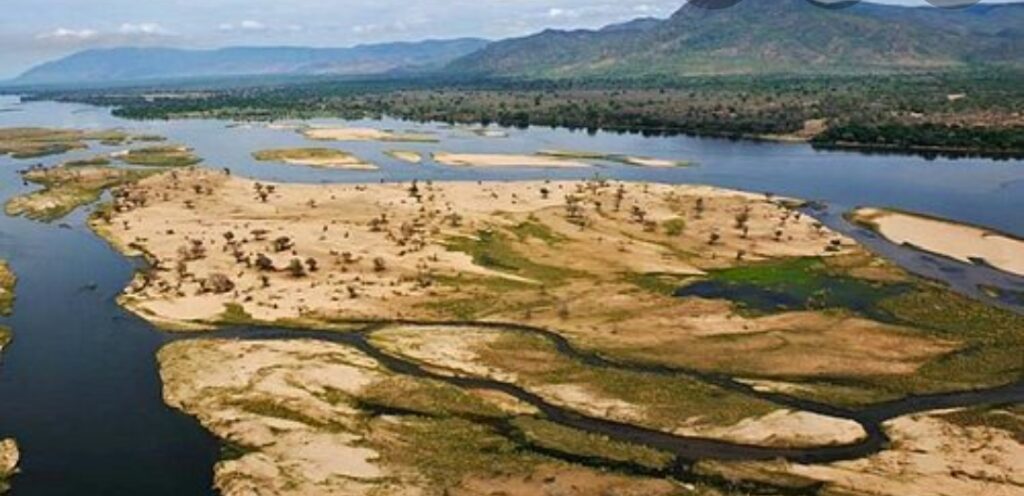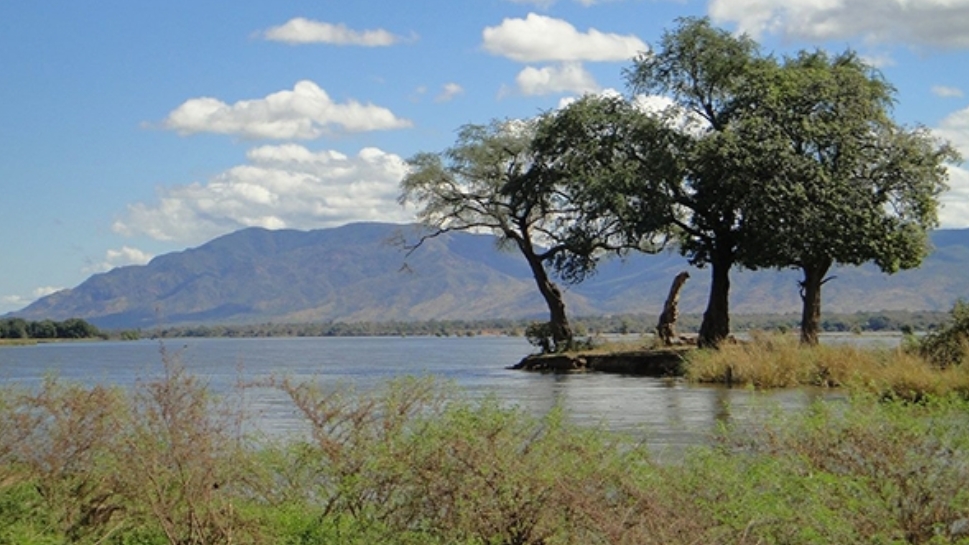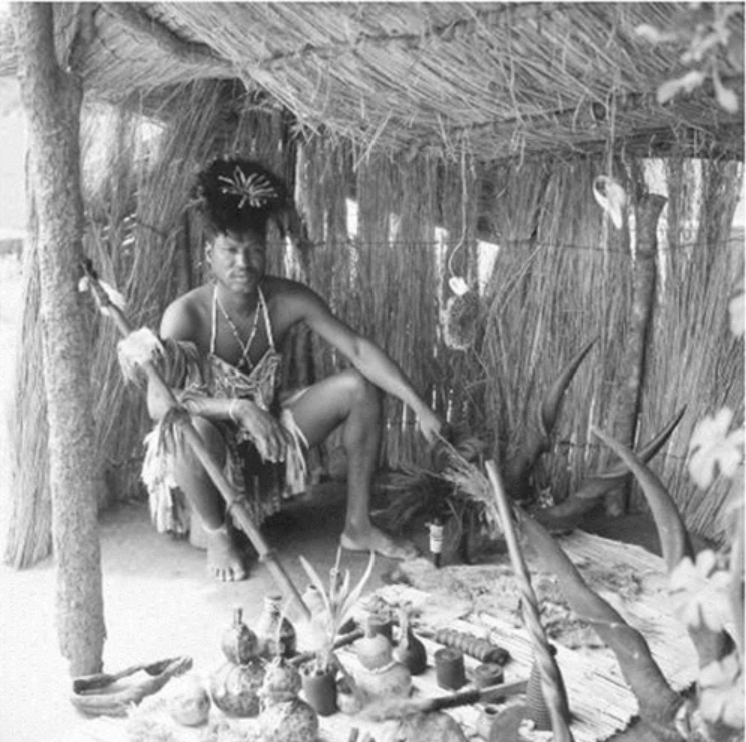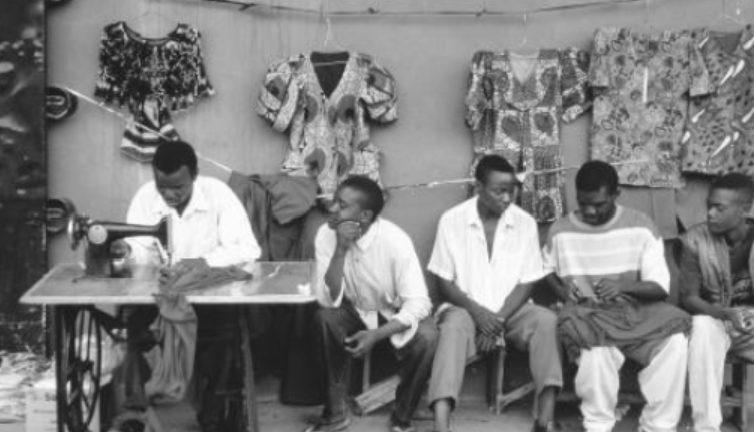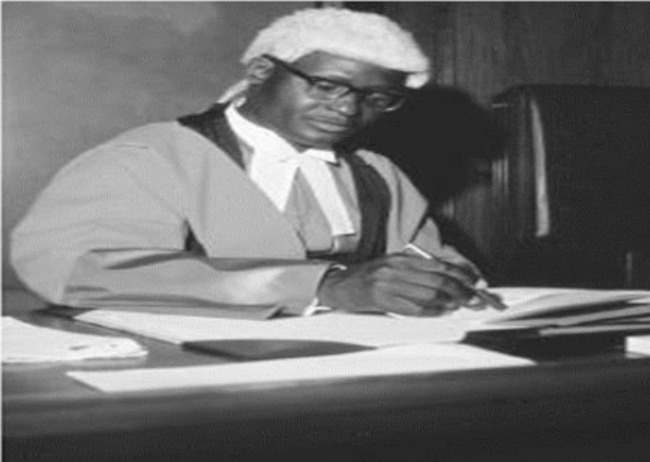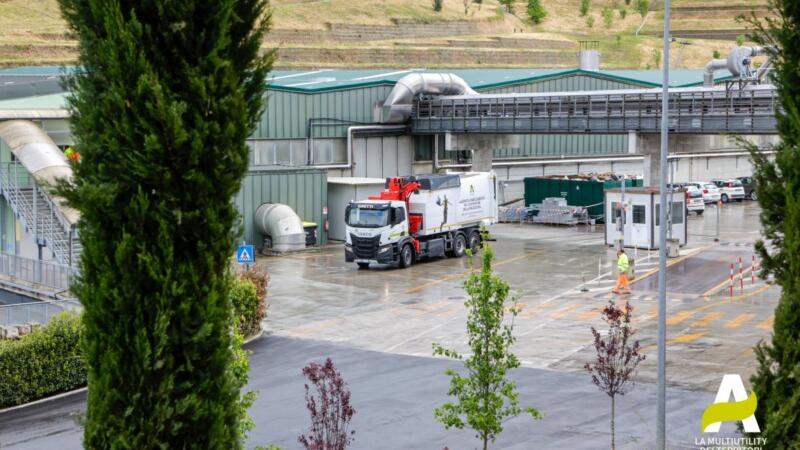The history of Zambia. Political,social and economical aspect.
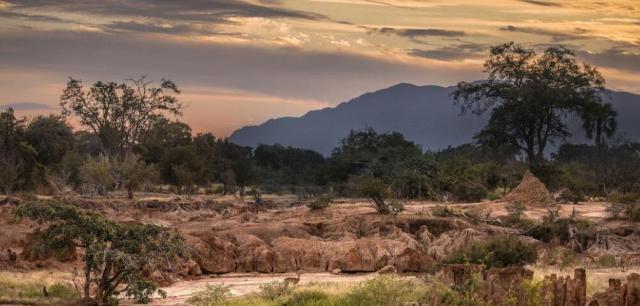
By DERRICK CHANDA.
During Kaunda’s presidency, members of all groups were represented by minister in the government in relation to their democratic size. Kenneth Kaunda political party (the united independence party) UNIP was actually founded in 1959 and was in power under Kaunda’s leadership from 1964 to 1991, before 1974 the country had 3 significant political parties UNIP, northern Rhodesia African national congress and the united progressive party (UPP).
The ANC drew its strength from western and southern province, while the UPP found some support among Bemba in the copper belt and Northern Province. Although not strongly supported in all areas of the country, only UNIP had a national wide support.
On the other hand, in February 1974 Zambia became one party state, and all other political parties were banned. Kaunda the role candidate was elected president in 1973, elections were held from the national assembly, however in 1991 to date the country moved to a multiparty state, of where growing opposition to UNIPs monopoly on power led to rise in 1990 of the movement for multiparty democracy (mmd).
Basically, they assembled an increasingly group of Zambians, including prominent UNIP defectors and labor leaders.
During that period president Kaunda agreed to a referendum on the one-party state but in face of continued opposition, dropped the referendum and a signed constitution amendment making Zambia a multiparty state.
Culture, these are the ideas, customs and social behavior of a particular people or a society. However cultural aspects can also be the acts and other manifestations of human intellectual behavior regarded collectively based on country. It draws its name from the Zambian river which runs across the western and southern border and then from Victoria falls and flow into the lake Kariba and on to the Indian Ocean.
In size, the country is roughly equivalent to Texas about 290 585square miles (752615 km). It is landlocked country with several large fresh water, including Lake Tanganyika, Lake Mweru etc. demographically the population is estimated to be about 18million.
Nevertheless, there exists a strong migration to urban areas where families go to look for employment and research opportunities. Furthermore English is the official language as the country was under English colony (1924-1964). While many people speak English, in rural areas tribal languages are spoken in addition to a few other vernacular languages. Each of the several five tribes living in the country has its own dialects and language. The main vernacular languages are Bemba, Lozi, Lunda, Luvale, Nyanja, Tonga on the other hand of national identity, the people retain strong ties to other tribes or clans but there is a national identity.
There are tribes that make Zambia coexist relatively well in compassion to tribes in neighboring countries who were purposefully fitted against each other as part of the colonies governing policies. Taking on the growing of food supplies depends on the season and location. The main staple food nshima, which is made of maize (corn). Mealie meal is dried and pounded to which boiling water is added. It is cooked to a paste or thickened mashed potatoes and is served in large bowls.
The pressed relish is goat meat, fish, chicken and vegetables (usually rape, collard greens, tomatoes and onions). In rural areas where meat is not an option on a regular basis, nshima is served with beans, vegetables or dried fish. Nshima is eaten 3 times a day. Food customs vary among tribes e.g. Bemba culture, it is a taboo for a bride to eat eggs these may affect her fertility.
Economy is the state of a country/region in terms of the production and consumption of goods and services and the supply of money. Or the careful management of available resources starting with rural areas where life is supported purely by subsistence farming. Most villages hence a small farm land on which they farm make groundnuts, cassava, millet, sweet potatoes and other produce.
The eastern part of the country has a place suitable for the growing of cotton, coffee which is grown in the western countries where lakes/rivers farms and fishing as a major industry selling than catch all the curb. Some of the general culture are locally produced agricultural products which are stored directly along with the house and glands, clothes and other fund things.
Nonetheless, the copper mines have traditionally provided for a major part of the economy. In 1996 copper counted for 80% of all exports, a major part of mines were opened to privatization but the government was still working to sell them off. This was as a result of mismanagement and financial corruption on trade industry the main exports are copper, cobalt, zinc, tobacco and emerald, the primary recuperates are south Africa, japan, china and Saudi Arabia.
Lastly the country’s political aspect changed from one party state in 1972 to multiparty state which made people to start opposing the ruling and largely Zambia’s economy is on a basis of trading copperas its main export.through the well trained staffs that has been entrusted in the finance department we are able to measure how as been the economy since we got independence.
Derrick Chama corrispondent PROJET Radici’ Zambia
